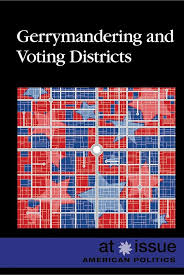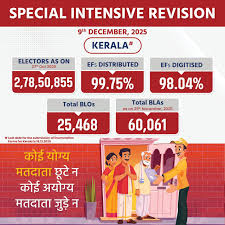Understanding Gerrymandering and Its Impact on Democracy

Introduction to Gerrymandering
Gerrymandering is a practice that has significant implications for electoral fairness and representation in democratic systems. It involves the manipulation of electoral district boundaries to favour one political party over another. This topic has gained renewed attention in recent years, particularly in the United States, as various states grapple with congressional redistricting in the wake of the 2020 census.
The Mechanics of Gerrymandering
The process of gerrymandering often involves two primary strategies: packing and cracking. Packing refers to the concentration of opposition voters into a single district to maximise the number of districts that can be won by the party in power. Conversely, cracking involves spreading opposition voters across multiple districts to dilute their voting power.
Technological advancements have further complicated these practices, as sophisticated mapping tools enable parties to create highly detailed districts that favour their electoral strategies. In 2022, a number of states faced legal challenges over proposed maps, highlighting the contentious nature of redistricting processes.
Recent Developments and Legal Challenges
In various states, courts have intervened to address gerrymandering allegations, ruling that certain district maps were unconstitutional. For example, recent rulings in North Carolina and Virginia have compelled legislatures to redraw their maps under judicial scrutiny, illustrating the evolving landscape of electoral law.
This trend is not confined to the United States. Countries around the world are grappling with the impacts of similar practices, as electoral integrity is increasingly seen as a cornerstone of democratic governance. In the United Kingdom, discussions about fair representation continue to unfold as local authorities examine boundary adjustments based on population changes.
Significance of Gerrymandering
The significance of gerrymandering extends beyond mere political strategy; it can lead to disenfranchisement of voters and contribute to political polarization. A distorted electoral map can result in representation that does not accurately reflect the voting populace, creating a disconnect between elected officials and their constituents.
Experts warn that this phenomenon threatens the very foundation of democracy, as it undermines the principle of equal representation. Democratic reforms aimed at reducing gerrymandering, such as independent redistricting commissions, are being proposed in several jurisdictions, seeking to ensure a fairer electoral process.
Conclusion
As gerrymandering remains a contentious issue, its effects are far-reaching, influencing not just individual elections but the political landscape as a whole. With ongoing debates and legal battles surrounding electoral maps, the future of fair representation hangs in the balance. It is crucial for voters to remain informed and engaged as these discussions shape the democratic process for years to come.








